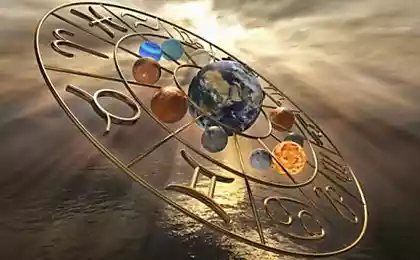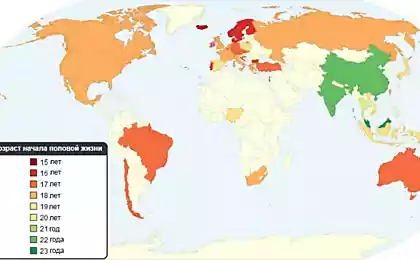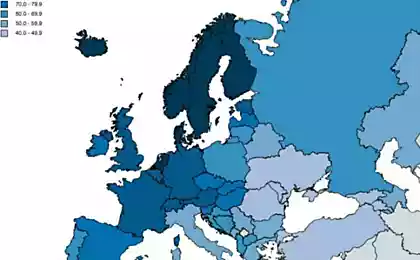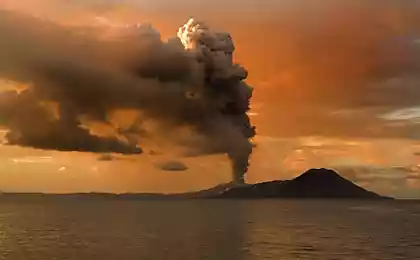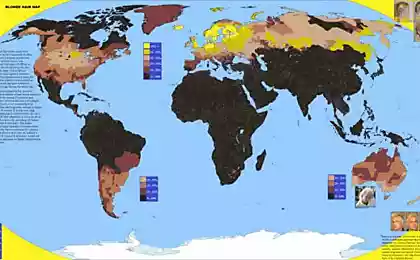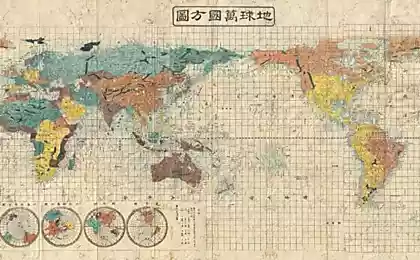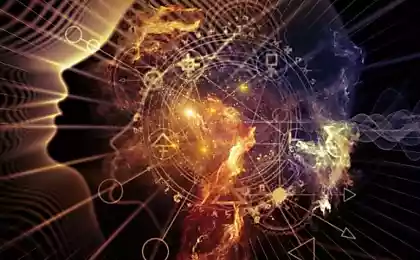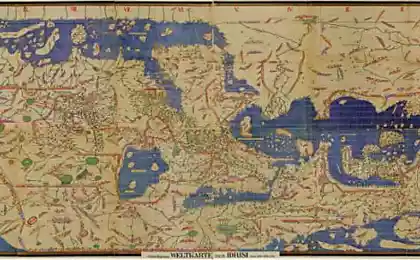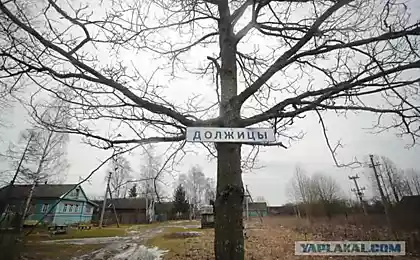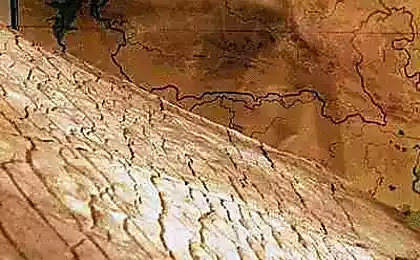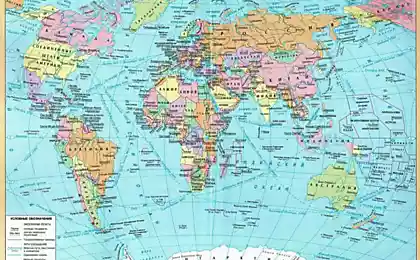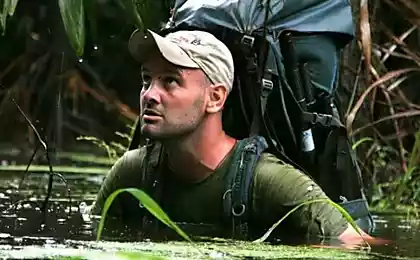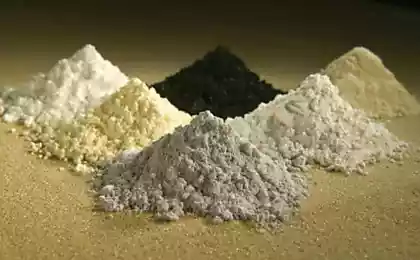510
On the ocean floor have discovered thousands of new mountains and valleys
On Earth thousands of new mountains, gorges, valleys – but only under water. Data from the satellites CryoSat and Jason-1 allowed us to draw up a new detailed map of the bottom of the ocean.
New gravitational map of the bottom of the ocean, the European space Agency (ESA), you can see many mountains, ridges, valleys, depressions and crevices, which until now no one knew nothing. These underwater discoveries have been made thanks to the satellite, launched into orbit in 2010.
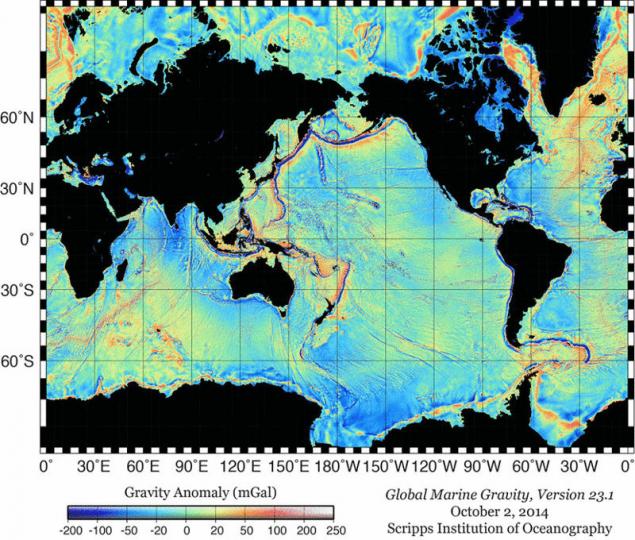
Equipped with high-precision interferometric altimeter, CryoSat is designed to monitor the state of polar ice, first and foremost, the ice cover of Antarctica, Greenland, Iceland, mountain glaciers, and high-latitude oceanic zones. With these satellite, we can see not only the current state of the ice fields (including in the areas of active economic activity), but also to estimate the ice reserves on the globe, and also to compare seasonal changes in ice inventory with global climate change.
However, CryoSat works continuously, regardless of whether there is ice under it or not. That is, the satellite can measure, for example, the height of the sea surface. We believe the sea surface is smooth in the sense that it had no sustainable relief. But it is not – the sea has "ridges", "basin", "valley" that echo the topography of the ocean floor, albeit in a much smaller scale and invisible to the naked eye. This relief is formed due to minor changes in the force of gravity acting on the water environment of the ocean. Massive seamounts and deep trenches deform the sea surface, and to see the deformation is possible only with the help of space radar altimeter. Such data can be used to create global marine gravity maps, and maps of the ocean bottom.
Scientists from the Oceanographic Institute SCRIPPS University in San Diego (CA) has built a map of the bottom of the ocean using CryoSat data from another satellite, Jason-1, which during the year was measured by the gravitational field of the Earth. The new card is twice as precise previous version, created almost 20 years ago. As mentioned above, it revealed a set of previously unknown deep structures, towering a kilometer or more above the ocean bottom. In particular, the researchers found traces of the ancient bottom of the ridge in the Gulf of Mexico under one-kilometer layer. Also managed to gather new information about how there was a discrepancy of Africa and South America that took place 85 million years ago.
Although the mountain peaks, hidden under water, are unlikely to attract the interest of adventurers (at least not yet), they will definitely be of interest to oceanographers, climatologists and seismologists. Information about the underwater terrain and will find practical application in fisheries, marine navigation and shipping, geological exploration. "One of the most important areas in which the new card will find its use will improve the estimate of depth 80% of the sea bottom that remain uncharted or buried beneath thick sediment," say the study authors in their report.
New gravitational map of the bottom of the ocean, the European space Agency (ESA), you can see many mountains, ridges, valleys, depressions and crevices, which until now no one knew nothing. These underwater discoveries have been made thanks to the satellite, launched into orbit in 2010.

Equipped with high-precision interferometric altimeter, CryoSat is designed to monitor the state of polar ice, first and foremost, the ice cover of Antarctica, Greenland, Iceland, mountain glaciers, and high-latitude oceanic zones. With these satellite, we can see not only the current state of the ice fields (including in the areas of active economic activity), but also to estimate the ice reserves on the globe, and also to compare seasonal changes in ice inventory with global climate change.
However, CryoSat works continuously, regardless of whether there is ice under it or not. That is, the satellite can measure, for example, the height of the sea surface. We believe the sea surface is smooth in the sense that it had no sustainable relief. But it is not – the sea has "ridges", "basin", "valley" that echo the topography of the ocean floor, albeit in a much smaller scale and invisible to the naked eye. This relief is formed due to minor changes in the force of gravity acting on the water environment of the ocean. Massive seamounts and deep trenches deform the sea surface, and to see the deformation is possible only with the help of space radar altimeter. Such data can be used to create global marine gravity maps, and maps of the ocean bottom.
Scientists from the Oceanographic Institute SCRIPPS University in San Diego (CA) has built a map of the bottom of the ocean using CryoSat data from another satellite, Jason-1, which during the year was measured by the gravitational field of the Earth. The new card is twice as precise previous version, created almost 20 years ago. As mentioned above, it revealed a set of previously unknown deep structures, towering a kilometer or more above the ocean bottom. In particular, the researchers found traces of the ancient bottom of the ridge in the Gulf of Mexico under one-kilometer layer. Also managed to gather new information about how there was a discrepancy of Africa and South America that took place 85 million years ago.
Although the mountain peaks, hidden under water, are unlikely to attract the interest of adventurers (at least not yet), they will definitely be of interest to oceanographers, climatologists and seismologists. Information about the underwater terrain and will find practical application in fisheries, marine navigation and shipping, geological exploration. "One of the most important areas in which the new card will find its use will improve the estimate of depth 80% of the sea bottom that remain uncharted or buried beneath thick sediment," say the study authors in their report.
